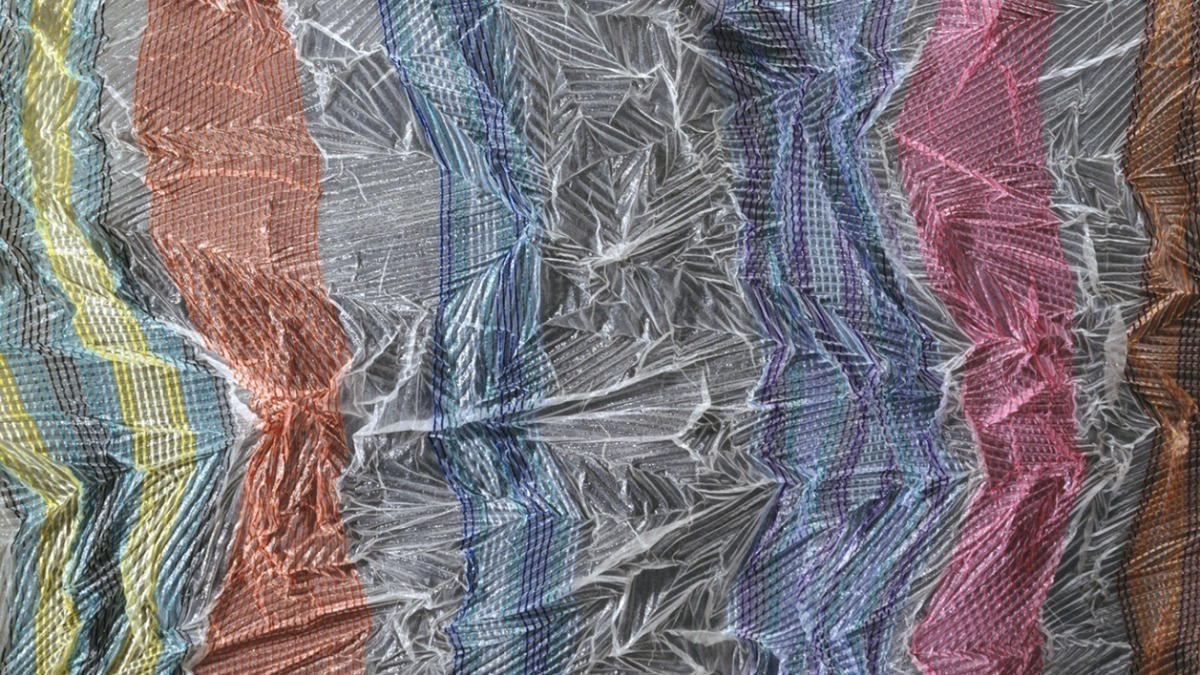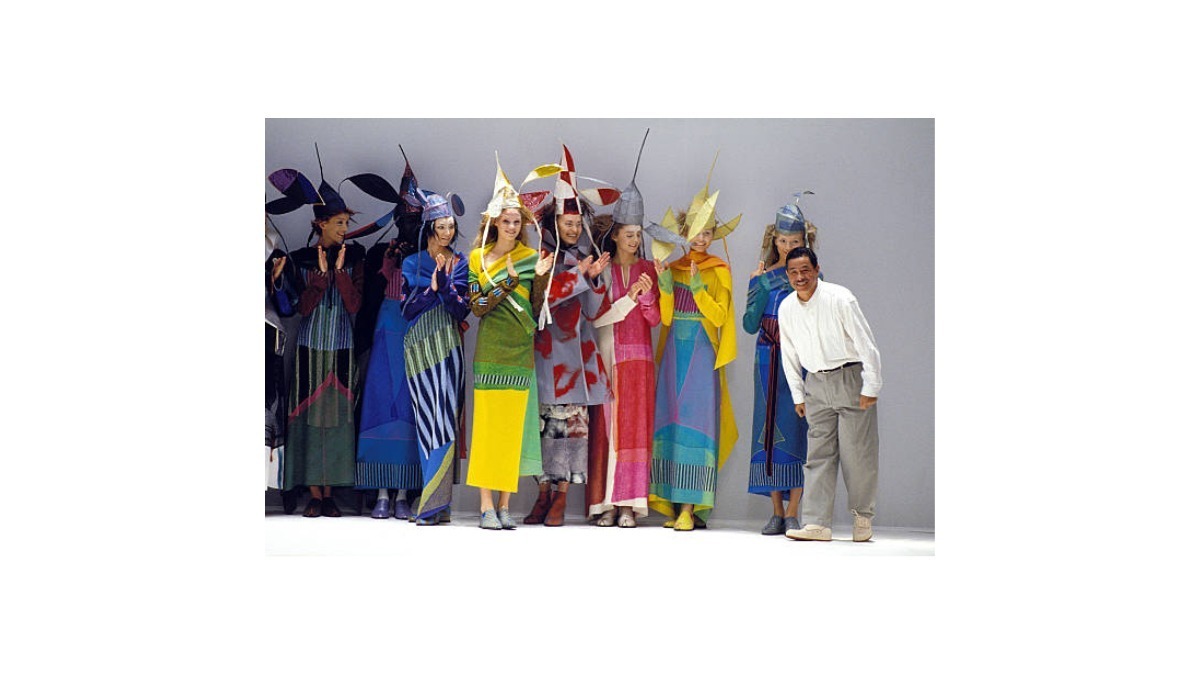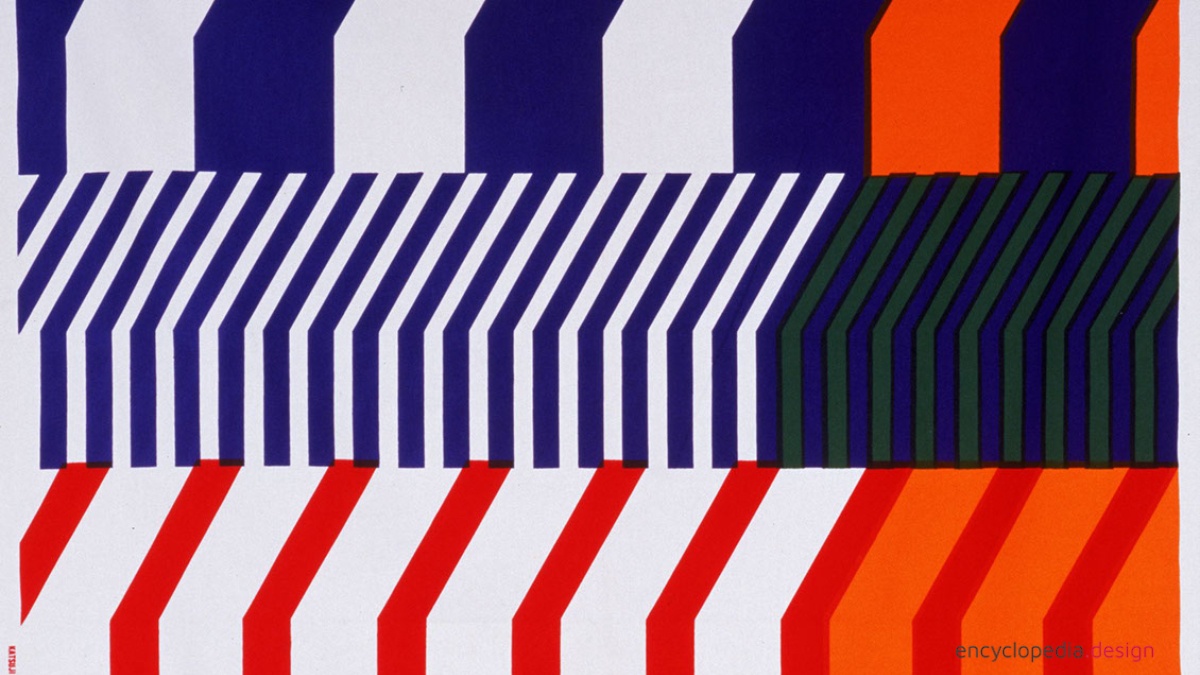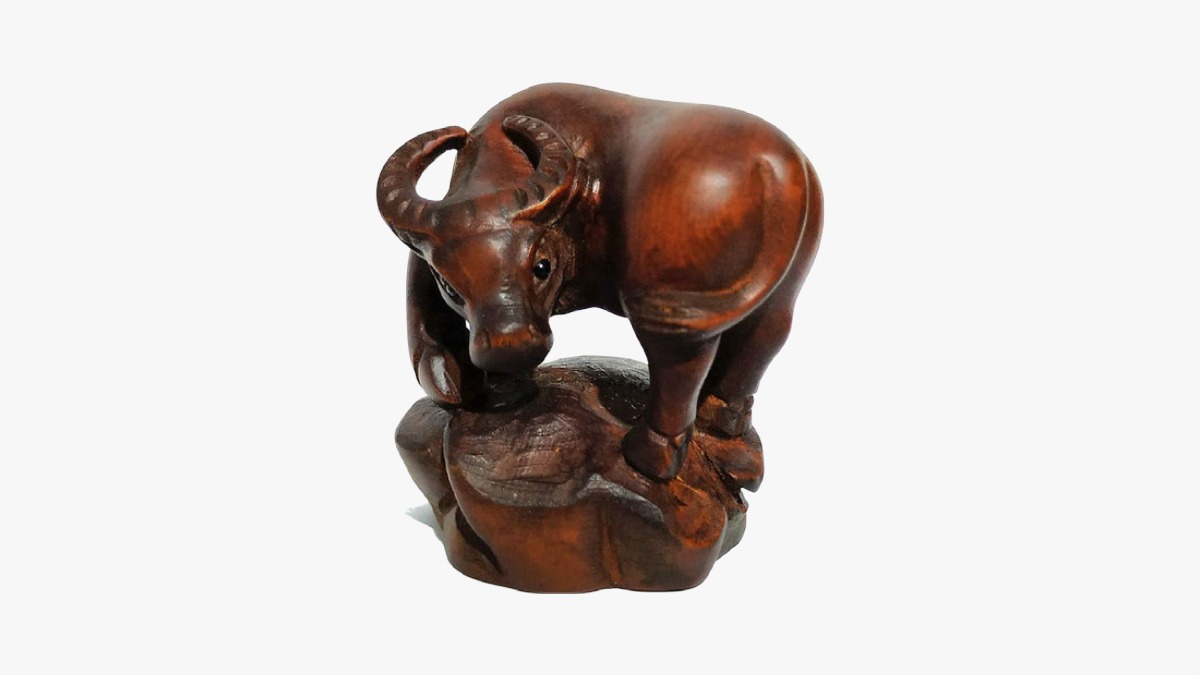A Japanese furniture form known as the “Kimono Rack” is a configuration of poles used for hanging clothing. A kimono rack comprises two vertical poles on transverse feet joined by three horizontal poles: one in the space between the two feet, one across the top of the poles, typically extending slightly beyond them, and one in the middle. Each junction and the protruding ends of the top pole are tightly covered with metal fittings, typically made of bronze or copper. The feet are made of very heavy wood for stability. (Boyce, n.d.)
Sources
Boyce. (n.d.). The Wordsworth Dictionary of Furniture. Internet Archive. Retrieved March 21, 2023, from https://archive.org/details/dictionaryoffurn00char/page/162/mode/1up
Design Store
Kimono Racks
AMAPON Accordion Style Expandable Wall Wooden Coat Rack 13 Hooks (Pegs) Hang Hats Jackets Coffee Mug Purses Necklaces Towels Cap Leash Scarves Data Line Kitchenware
$11.99 (as of June 26, 2025 17:49 GMT +10:00 - More infoProduct prices and availability are accurate as of the date/time indicated and are subject to change. Any price and availability information displayed on [relevant Amazon Site(s), as applicable] at the time of purchase will apply to the purchase of this product.)Buzowruil Clothing Clothes Rack Standard Rod Simple Rolling Metal Garment Rack Organizer Freestanding Hanger with Wheels,Black
10% OffBuzowruil Clothing Clothes Rack Standard Rod Simple Rolling Metal Garment Rack Organizer Hanger with Wheels,Gold
$24.99 (as of June 26, 2025 17:49 GMT +10:00 - More infoProduct prices and availability are accurate as of the date/time indicated and are subject to change. Any price and availability information displayed on [relevant Amazon Site(s), as applicable] at the time of purchase will apply to the purchase of this product.)Japanese Kimono Hanger for Artistic Display - with Floral Folding Fan
$26.80 (as of June 26, 2025 17:49 GMT +10:00 - More infoProduct prices and availability are accurate as of the date/time indicated and are subject to change. Any price and availability information displayed on [relevant Amazon Site(s), as applicable] at the time of purchase will apply to the purchase of this product.)Japanese Kimono hanger NEW MADE IN JAPAN
$26.95 (as of June 26, 2025 17:49 GMT +10:00 - More infoProduct prices and availability are accurate as of the date/time indicated and are subject to change. Any price and availability information displayed on [relevant Amazon Site(s), as applicable] at the time of purchase will apply to the purchase of this product.)Japanese Men's Traditional Kimono Yukata Haori Hakama Obi Hanger Telescopic
14% OffKimono Hanger
$26.95 (as of June 26, 2025 17:54 GMT +10:00 - More infoProduct prices and availability are accurate as of the date/time indicated and are subject to change. Any price and availability information displayed on [relevant Amazon Site(s), as applicable] at the time of purchase will apply to the purchase of this product.)Sempicad Coat Rack Freestanding, 56 to 125 inch Adjustable Tension Rod Coat Tree with 12 Hooks for Hanging Plant,Coat, Jacket, Hat, Scarf, Suitable for Living Room, Balcony, Kitchen White
23% OffSempicad Coat Rack Freestanding, 56 to 125 inch Adjustable Tension Rod Hanger with 12 Hooks for Hanging Coat, plant,Jacket, Hat, Scarf, Suitable for Living Room, Balcony, Kitchen Black
23% OffSSWBasics Adjustable White Costumer Stand – Single Arm Clothes Rack - Retail Clothing and Garment Display Stand – Ideal For Showcasing Hanging Items In Thrift Shops, Boutiques and Retail Stores
$48.91 ($48.91 / Count) (as of June 26, 2025 17:49 GMT +10:00 - More infoProduct prices and availability are accurate as of the date/time indicated and are subject to change. Any price and availability information displayed on [relevant Amazon Site(s), as applicable] at the time of purchase will apply to the purchase of this product.)More on Japanese Design
More design articles
❤️ Receive our newsletter
Discover more from Encyclopedia of Design
Subscribe to get the latest posts sent to your email.


















![[Size Dimensions] Adjustable Width from 19.6 in / 50 cm to 49.2 in / 125 cm [Weight] 0.28lb / 127.5g [Material] Resin. [contents] 1 kimono hanger & 1 folding fan [Features] Hanger not only for Kimono, but also for Karate Uniforms / Karate-gi, Hakama,...](https://m.media-amazon.com/images/I/41duM4Kut0L._SL160_.jpg)




















































































































